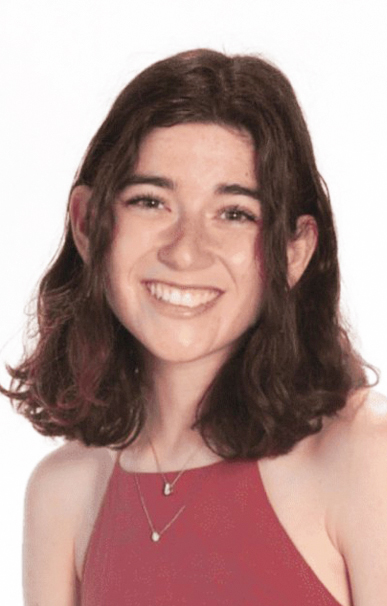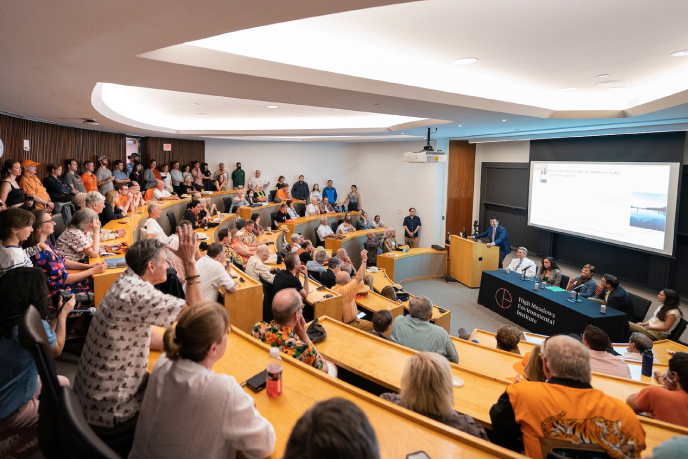Maya Avida ’26


Physics
Deep Learning for Prediction of Ocean Turbulence
Certificate(s): Statistics and Machine Learning, Sustainable Energy
Sea surface height (SSH) is a critical metric for understanding ocean eddies and currents. However, satellites are only able to measure SSH in one dimension, along the track in which they pass over the ocean. The standard method of estimating ocean currents uses optimal interpolation, which is an imperfect deterministic statistical method. This year, my research mentor Scott Martin published a paper demonstrating a new method for gridding SSH that significantly outperformed optimal interpolation by using machine learning to synthesize observations of SSH and sea surface temperature. My project used this new model to predict sea surface height up to 30 days into the future from raw satellite data. Being able to predict SSH forward in time would be very useful to oceanographers for a broad range of benefits, for example aiding oceanographers during field research by predicting the location of future eddies.
2023
Oceans and Atmosphere
School of Oceanography, University of Washington - Seattle, Washington
Georgy Manucharyan, Assistant Professor, School of Oceanography, University of Washington; Scott Martin, Ph.D. candidate, School of Oceanography, University of Washington



